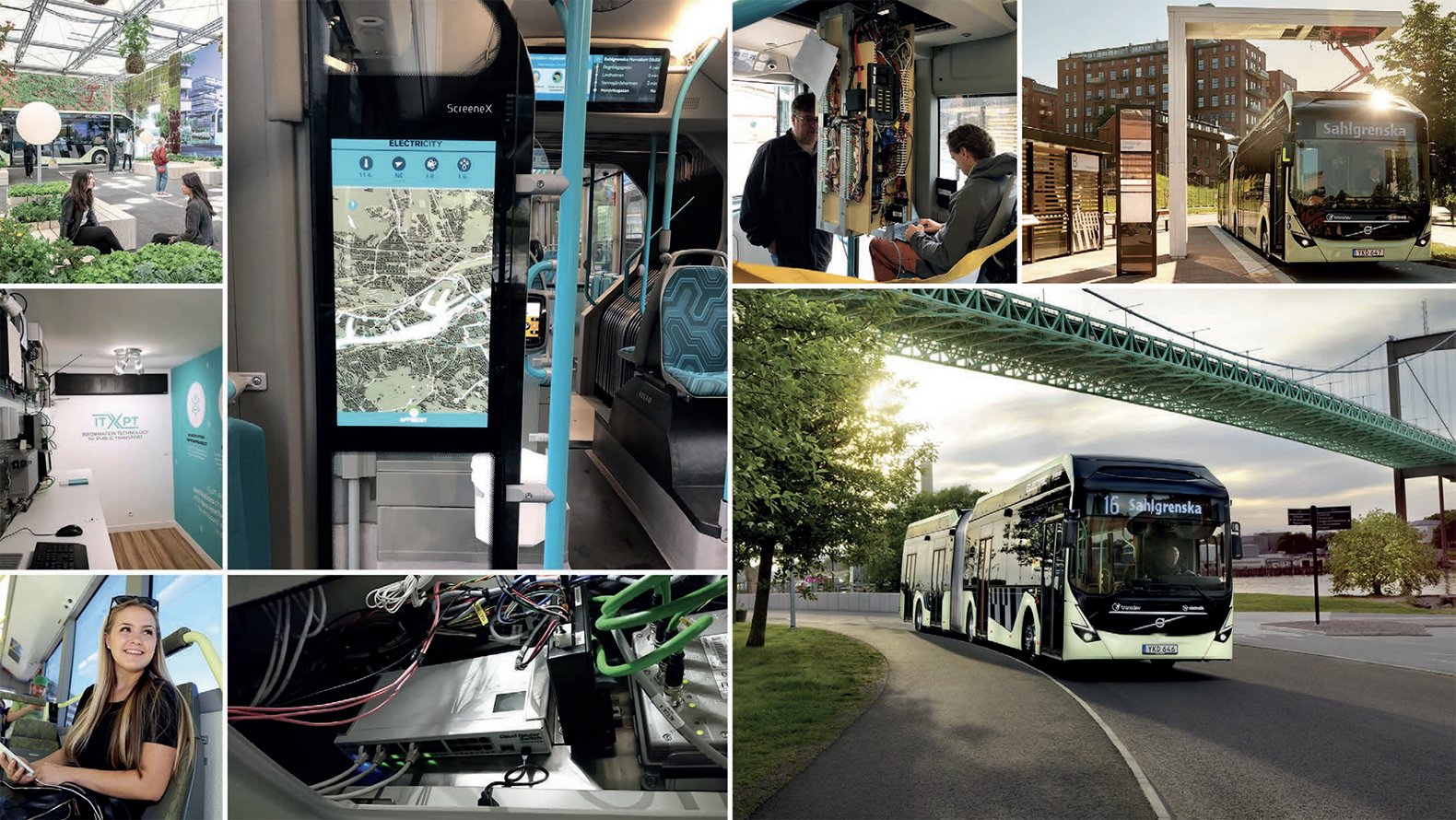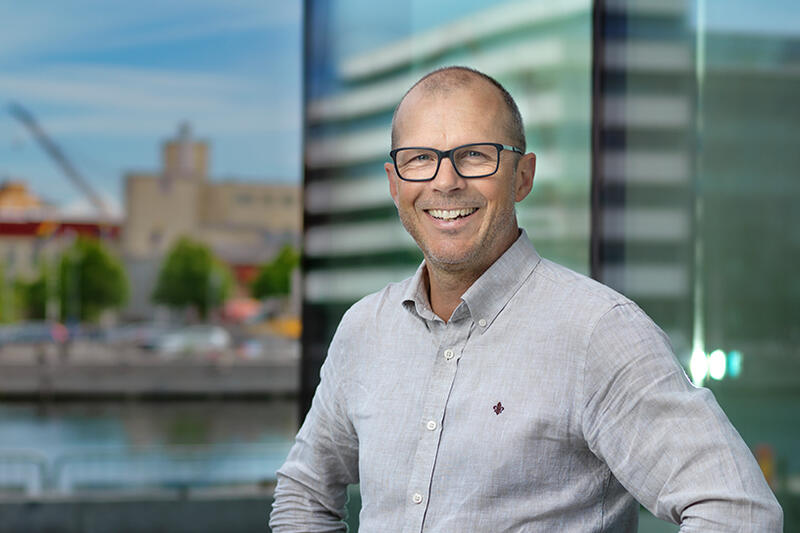Bus-as-a-Service (BaaS)
Bus-as-a-Service, Baas, aims to simplify the installation and maintenance of IT systems in public transport, a complex area where different actors have different systems and conditions and need to cooperate.

In public transport, it is the traffic authorities who own and procure IT systems and traffic management, while the traffic operators own the vehicles. This means that the traffic authorities have limited control over the vehicle fleet. In parallel, operators and vehicle manufacturers build the corresponding IT structure for their own services. This division makes the necessary work to adapt buses with the right IT systems for for example displays and other connected solutions for drivers and passengers more difficult and more expensive because several parties with different systems must be involved. This can also lead to delays and unnecessary stress for the drivers, as they have to log into several different systems when starting up the vehicle.
The project Bus-as-a-Service, BaaS, aims to simplify this. A cornerstone is to use the international organization ITxPT's regulations, which were created to achieve standardization within public transport's IT architecture. The organization has established a lab in Gothenburg thanks to a successful collaboration within the FFI project RIVSILOn which was driven by the ElectriCity collaboration (read more below), where the consortium tested and developed new digital services based on ITxPT specifications.
Collaboration is another cornerstone and all partners in the project work within seven work packages to drive the work forward. The work packages focus, among other things, on running pilots that aim to test and demonstrate a range of concepts in relation to ITxPT and IT services both in public transport and in a lab environment, virtualization, cyber security, one-gateway (one access point in the common network) and business models.
Bus-as-a-Service (BaaS) goals are:
- To generate insights about new business opportunities, based on a common network on the vehicles, with a focus on operation and service development of a harmonized IT platform.
- To strengthen our competence in the area and establish Sweden as a showcase for successful innovations and productive collaborations between all actors in the value chain, including competing suppliers.
- Based on the project results, to influence ongoing and upcoming international standardization initiatives.
Time period
Nov 2021 - March 2024
Partners
Chalmers, Consat Telematics, Ericsson, Hogia Public Transport Systems, ITxPT, Lindholmen Science Park (koordinator), LTG, Pilotfish, RISE, Transdev, Triona, Volvo Buses and Västtrafik.
Funding
The project is funded by FFI, Strategic Vehicle Research and Innovation.
RIVSILON
The objective of the RIVSILON project, which ran between July 2018 and June 2020, was to accelerate the introduction of a harmonized IT architecture, based on ITxPT:s specifications. This was done by performing a series of tests - first in a lab environment at Lindholmen Science Park and then on route EL 16 in Gothenburg.
The project developed and demonstrated new digital services and solutions and tested plug'n'play functionality, i.e. making equipment from different suppliers work in the same environment on board buses. Linked to this, new lessons were also learned about the procedure for procurement of IT systems; as this process and the business relationships between companies change when a common standard is used.
RIVSILON was started by Volvo Buses and Västtrafik, together with Lindholmen Science Park. Along the way Actia, Consat, Ericsson, Triona (Fleetech), Hogia, Icomera, Keolis, Luminator Technology Group (ex Mobitec), Pilotfish Networks, RISE Research Institutes of Sweden and Transdev participated in cooperation with ElectriCity and ITxPT.
Contact


